Black Sun: Fannie Schiavoni & Simon Henwood Talk Art, Music, Collaboration & Japanese Fashion
Although Italian fashion brand Diesel, owned by the charismatic Renzo Rosso, is more known for its denim than its art, the company is also active in promoting exhibitions with young and established creators. In addition to stocking the company’s complete apparel and accessories lines, the newly opened Diesel Shibuya concept store in Tokyo has a cute cafe and gallery space which plays host to “Black Sun”, a collaborative project by leading British contemporary artist Simon Henwood and young Swedish designer Fannie Schiavoni.
Henwood has had a prolific career as a painter, writer, film director, costumer and music video director. The last few years has seen him work with pop legends such as Rihanna and Kanye West. In 2009 he was nominated in several categories at the MTV Video Music Awards for his work on West’s “Love Lockdown.”
Schiavoni, although born in Sweden, trained at the London College of Fashion, and interned for designers such as Giles Deacon and Hussein Chalayan. Since graduating, she has built a solid reputation for stunning handcrafted accessories which have earned her plaudits from style magazines such as Vogue, Elle, Tank, and respected blogs such as Style Bubble. She can also count Lady Gaga and Rihanna as some of her celebrity fans.
The day before the Diesel Shibuya store opened to the public, Tokyo Fashion sat down with Henwood and Schiavoni for a chat and to find out more about “Black Sun” and what makes the two artists tick.
Tokyo Fashion: How did you meet each other?
Simon Henwood: I was working as creative director for Rihanna. That involved designing the logo right through to the world tour. One of the elements of this was designing the costumes for the live performances. And one of these was an LED dress – what I called “the apocalyptic dress”. Fannie came over (to work on the costumes and accessories) when I was in Los Angeles. Fannie introduced me to her own work with chains which I thought were incredible. My initial response to them was they would be great as an element of paint — for portrait subjects. But the more pieces I saw I started to see them more as pieces of art. They could become more sculptural. That led to the idea of “Black Sun” and then we did a photo shoot in Sweden, in Fannie’s hometown, where we developed the concept. The sculptural pieces and everything started to build from there.
TF: Had you known about each others work before working with Rihanna?
Fannie Schiavoni: No, not at all. I was briefed on the Rihanna project before I went and I was told about Simon and what he did. That was pretty much the day before I flew to LA.
TF: How did you pair up with Diesel?
SH: Fannie had an exhibition, in July, in a store in Tokyo called Candy. And I had work on with Rihanna and Microsoft and we set up some meetings while we were here in Tokyo. We had a book planned and we thought we would extend it further with an exhibition. We looked around and met a few people. It’s a unique project — a collaboration between art and fashion so Diesel ended up being a great third party.
TF: Has Japanese art or fashion influenced your work in any way?
FS: I have always been inspired by Japanese fashion designers like Yohji Yamamoto and Issey Miyake. Although I can’t say I’ve been inspired directly with my work with chains but they have always been my favorite designers. They do very structural designs which is what I do as well.
TF: Can you tell me more about your work with Candy Shibuya?
FS: Candy is one of my stockists in Japan and I had an installation there. It’s such a crazy store!
SH: Yeah it’s great to have a store like that in the center of Tokyo which is competing with the bigger brands. It gives an opportunity to younger designers to get their designs out to a wider audience. It’s a great store because it supports such avant-garde designers.
FS: I love it because I’m usually stocked in quite minimalistic boutiques next to labels like Martin Margiela or Belgian or Japanese designers which have such a clean structure while obviously Candy is the total opposite! I love it because it shows that you can wear my chains with such different styles.
TF: What do you think about Tokyo compared to places like London (where you are both based)?
SH: There are similarities. Probably because there are so many chain stores — same as America or Paris too. Although the atmosphere is very different. The audio from the shops, the constant advertising is actually quite soothing. It makes you feel quite safe. It’s chaotic but not in a way that dazzles your senses. On a beautiful day here it feels like you’re indoors when you are walking about outside. The sounds you hear you traditionally associate with being in a department store. It’s like the outside is an interior.
TF: What are you working on at the moment?
FS: I need to start working on my new collection. I need to focus more on my label. This project has been taking up a lot of my time recently so I have a lot of work to do. I want to get involved in bigger pieces. I want to work with other sources of metals and I’ve been inspired by the actual process of making something. I’ve been looking into oxidizing and anodizing and how metals in general work because I’m not actually a jewelry designer I’m a fashion designer — so I really don’t know what I’m doing! So I want to learn more about metals.
SH: I’m working on a two man show with the Francis Bacon estate which opens in Paris in September. I have eighteen pieces to show — oil paintings. So I am going to get my head down with that. I’ve spent the last two years as Rihanna’s creative director and before that I worked with Kanye West for about a year or so. So now is the time to work on my own projects — although I’m always painting.
TF: What do you want people to get from the exhibition?
SH: It’s opening a question. The idea of “Black Sun” is that most people are looking at the world through the window of their computer screens. So people are living within the environment of their own rooms. This is also very common for artists because artists create their own worlds and live in their own worlds generally. Technology has brought the computer so much into our lives and we have access to so many other parts of the world and information.
Particularly for Japanese people the seasons and nature are so important. For these kinds of things to be missed in our lives because we never go outside is a shame. We don’t notice the cold or the heat or the beautiful cherry blossoms. Whatever we create with our own hands nature has always done it better and more beautifully. It’s important to go out and look. Even in the darkness and shadows beauty can be found. So the eclipse — the black sun, is a symbol that goes back to the way that the sun was worshiped by the Mayans and the Egyptians. And it’s a reminder of how important this is in life.
FS: There are so many different levels to it that you can draw your own conclusions.
TF: What comes to mind when you think of Japanese fashion?
FS: For me it’s always going to be Yamamoto, Miyake and Comme des Garcons. About the structure of garments. For me, when I think about Japanese fashion, it’s not about the colorful street kids. Color is not important. It’s about the structure.
SH. I like the pop culture, toys, and elements of childhood that have become so important in young street fashion. I like the way the kids kind of wear their toys and their childhood on themselves.
TF: What kinds of people wear your designs?
FS: Probably people in the fashion industry, to be honest. Fashion students, buyers — I think they aren’t hard to wear but obviously there’s a statement behind it.
TF: Would you be interested in doing something more mainstream? Like a collaboration with a high street store, for instance?
FS: If it’s done well, then maybe. If it doesn’t kill the soul of the designer. I did buy into the whole Comme des Garcons x H&M thing, though.
TF: Do you have anything to say to people reading this interview?
SH: Go out and look at things physically, rather than on your computer screens. That’s where you see the depth and see how things are made. Look to history and museums, galleries and go and see things. In order to create, it’s really important to understand things on a deeper level.
FS: The internet is a great source of information, but it shouldn’t be inspiration. You can’t see, by a picture on a screen, how things are made or constructed. For fashion, you can’t see the fabric, you can’t touch it.
TF: Do you have any advice for anyone who wants to be a fashion designer?
FS: Be really sure that’s what you want to do. It’s not easy or as glamorous as you think. Keep at it and don’t be single-minded, as there’s so many ways to go about it. If you don’t get into the right school, you can always get an internship – and if you don’t get the right internship, then you can try an internship as a stylist rather than a fashion designer. There’s always another way.
“Black Sun: Simon Henwood + Fannie Schiavoni” runs through February 13, 2011 at the Diesel Shibuya Art Gallery in Tokyo. The gallery is inside of the new Diesel Shibuya store located on Meiji Dori, not far from Shibuya Station.
We very much appreciate Fannie and Simon taking the time to talk to us while they were in Tokyo, and we encourage you to visit their websites to find out more about their fantastic work.
External Links:
Interview by Paul McInnes for TokyoFashion.com.
About the author:
Paul McInnes is a fashion and arts journalist based in Tokyo. He is the fashion editor (menswear) and contributing arts editor of The Japan Times. He is also the Tokyo editor of Sportswear International and contributes to publications such as High Fashion, Dazed Digital, JC Report and Japanese Streets. He has also been interviewed for TV including NHK’s Tokyo Fashion Express and lifestyle magazines such as Metropolis and Kaleidoscope magazine.

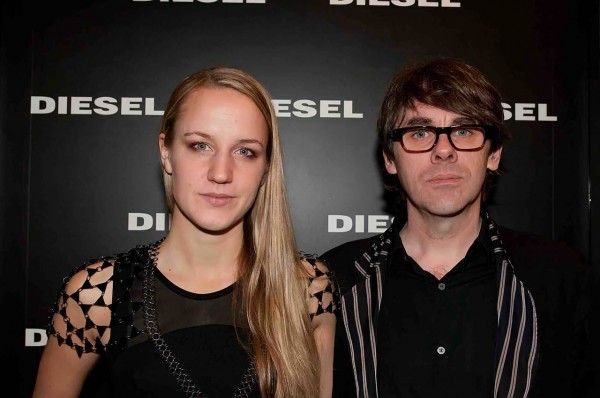
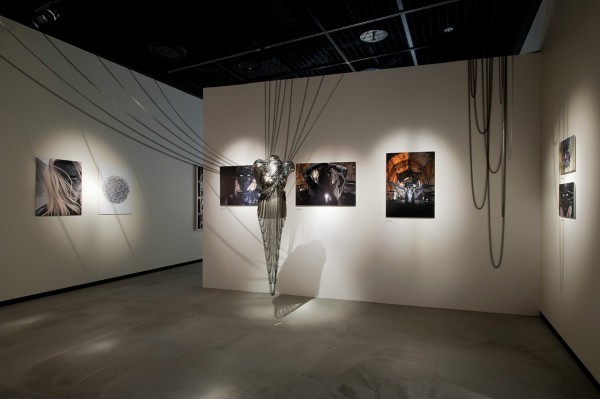
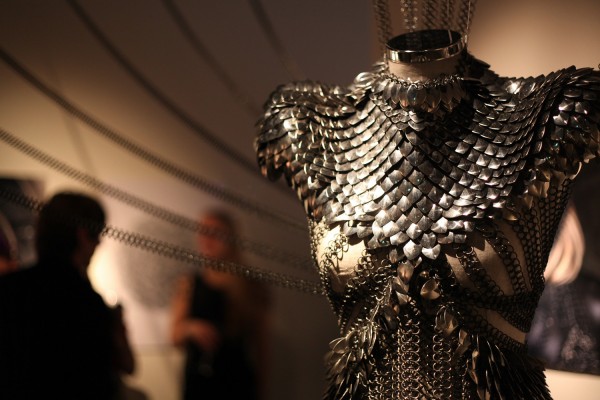
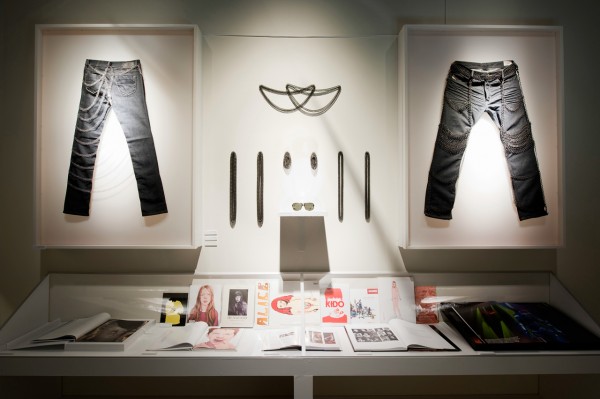
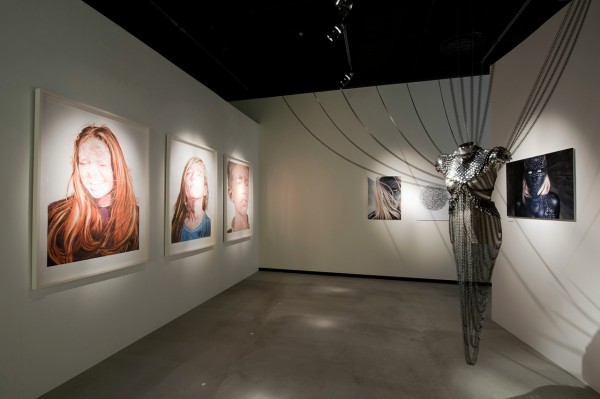
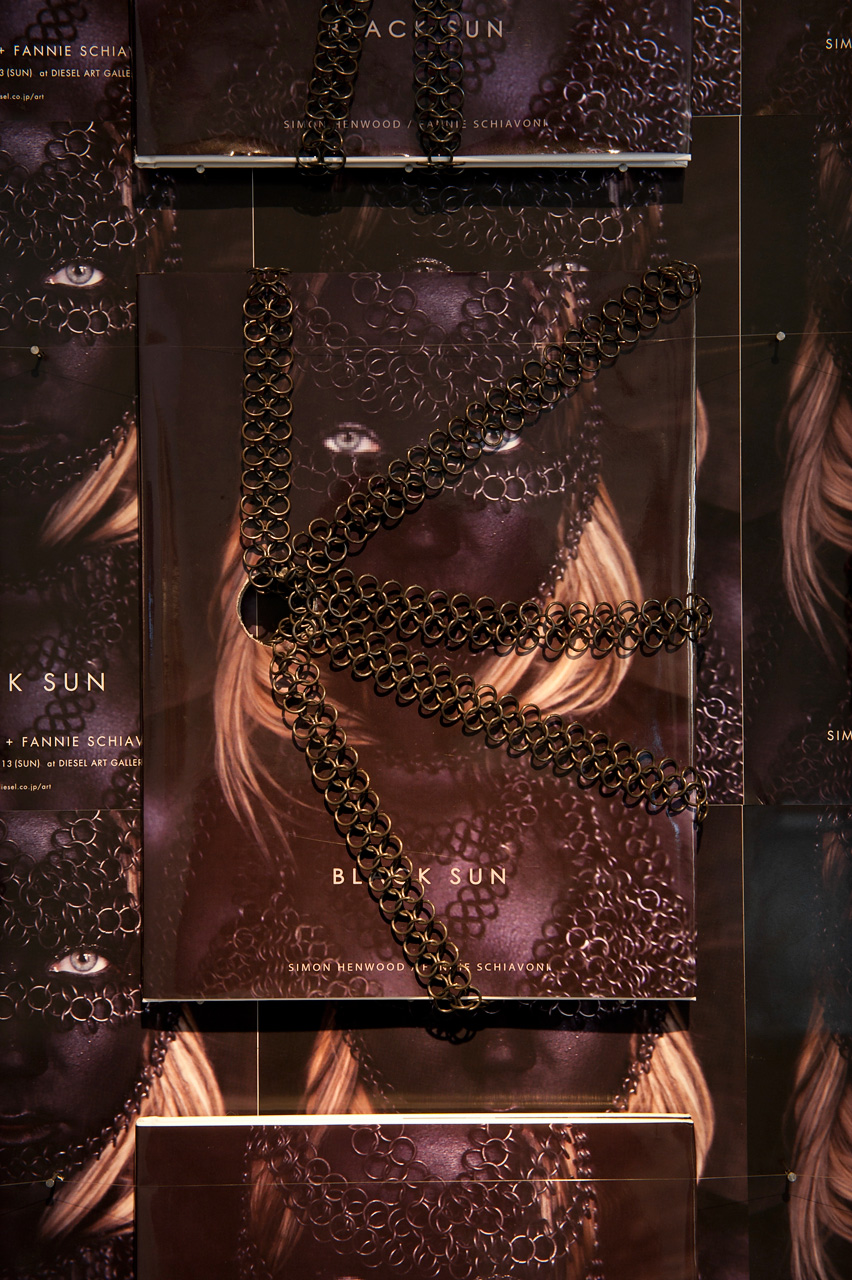
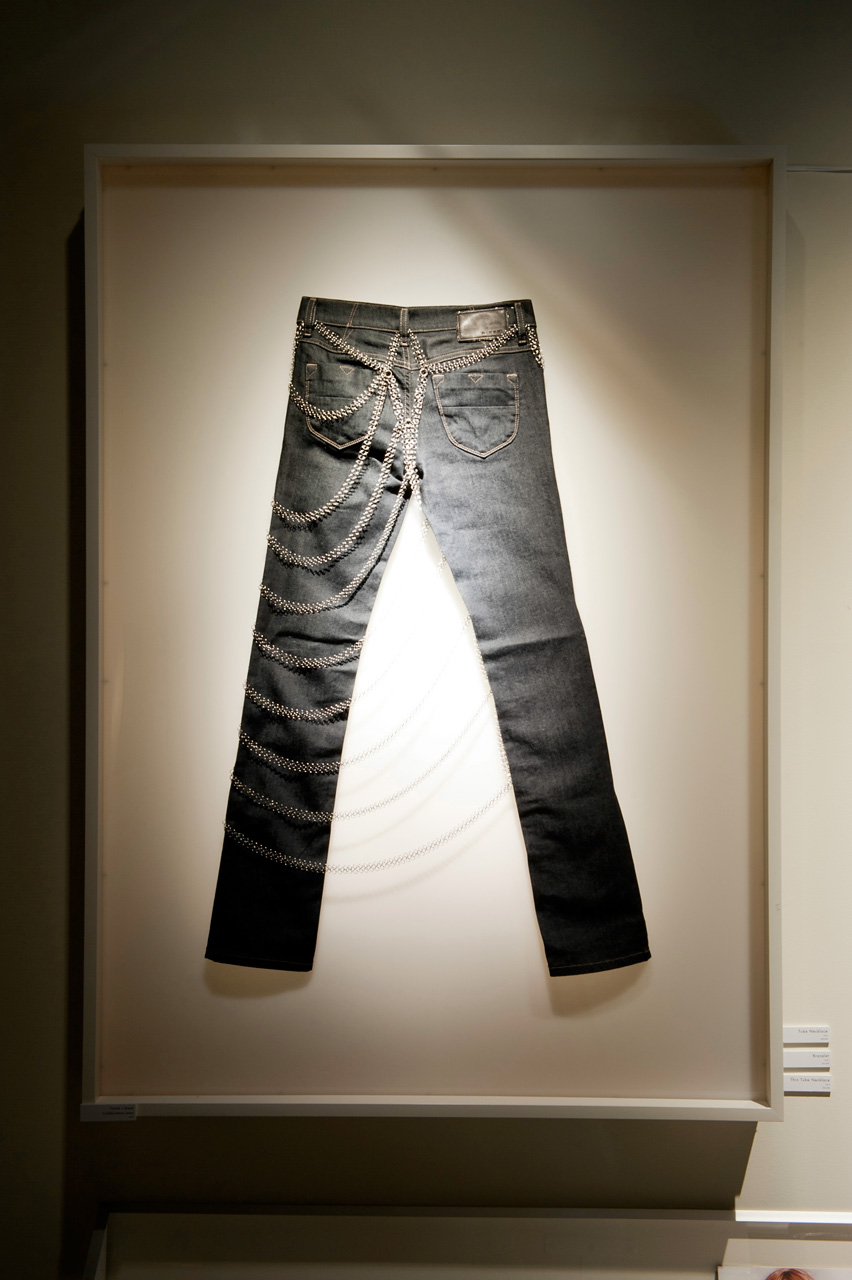
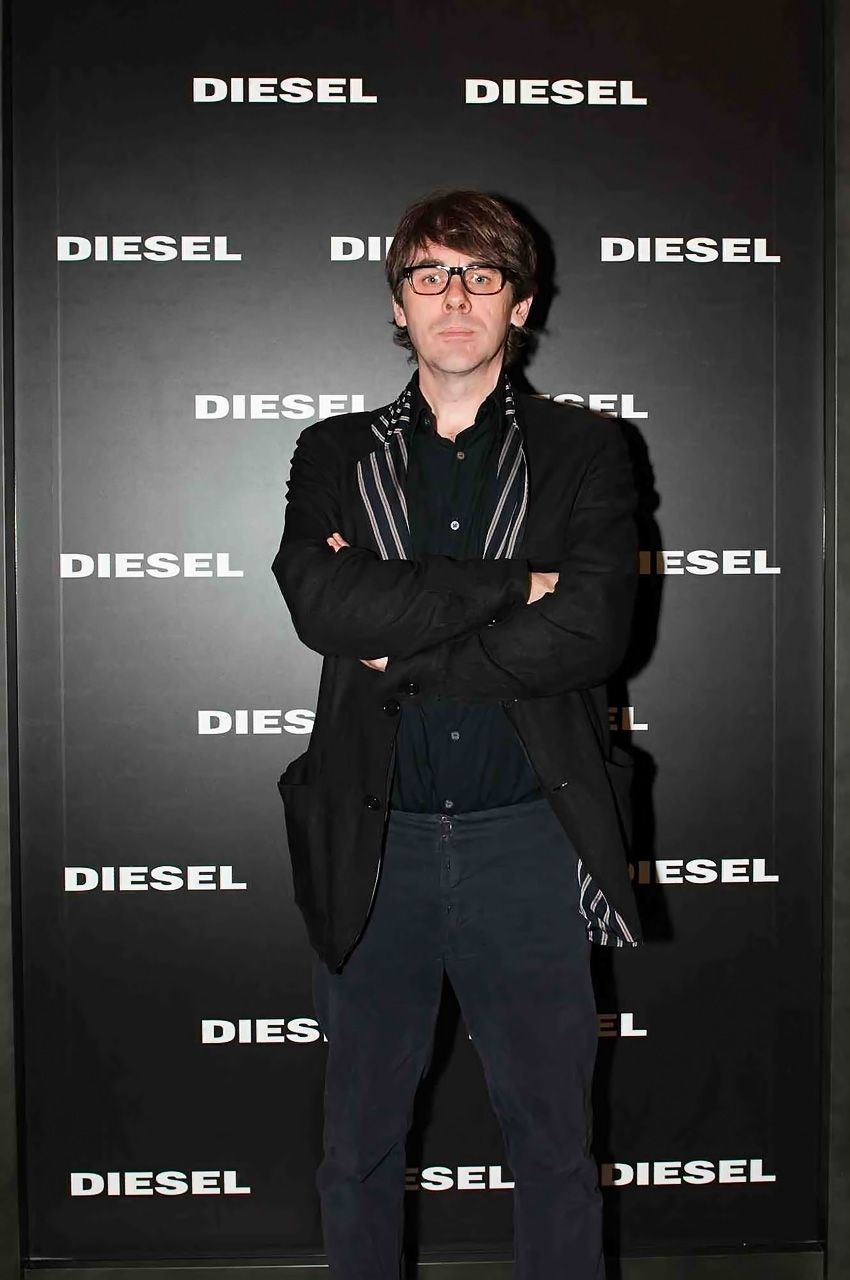
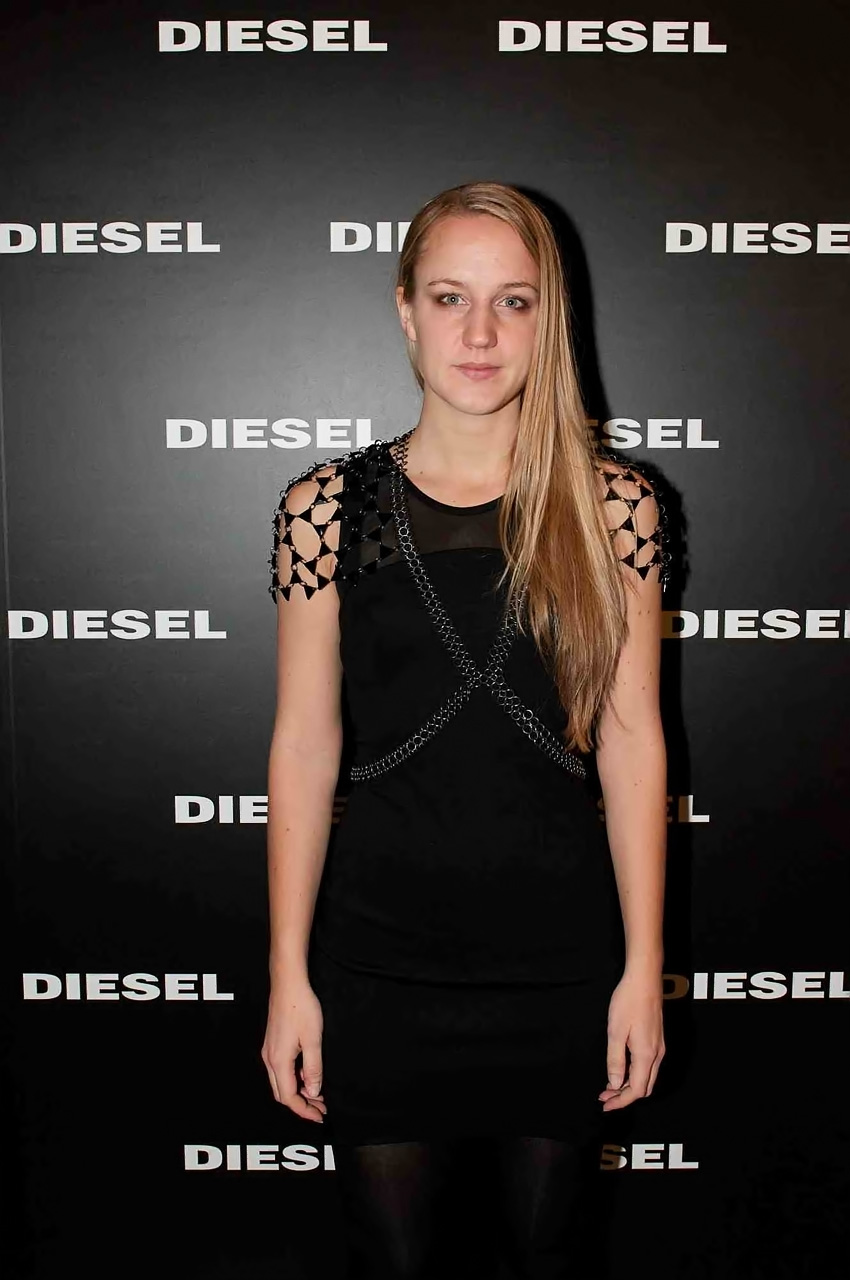
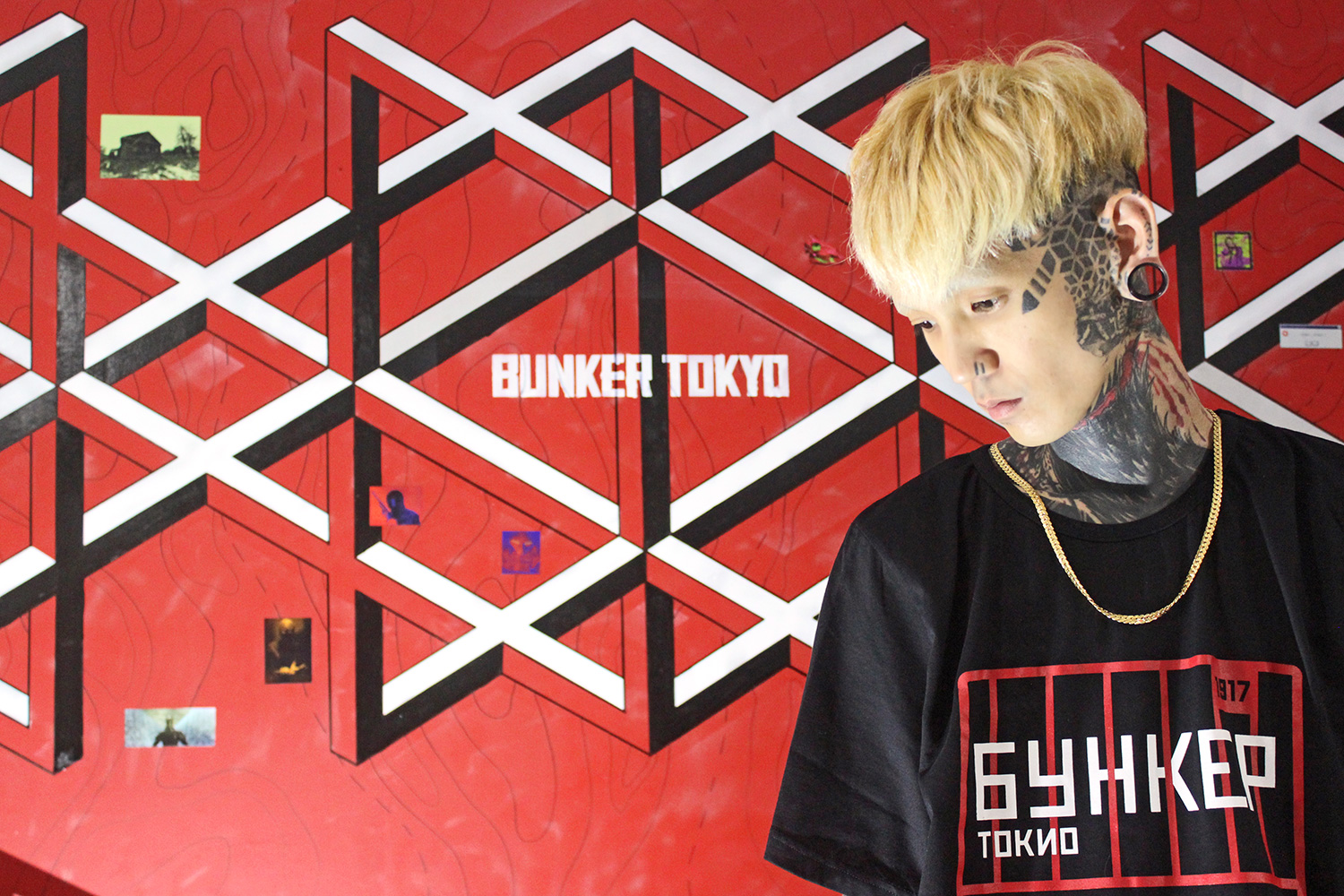
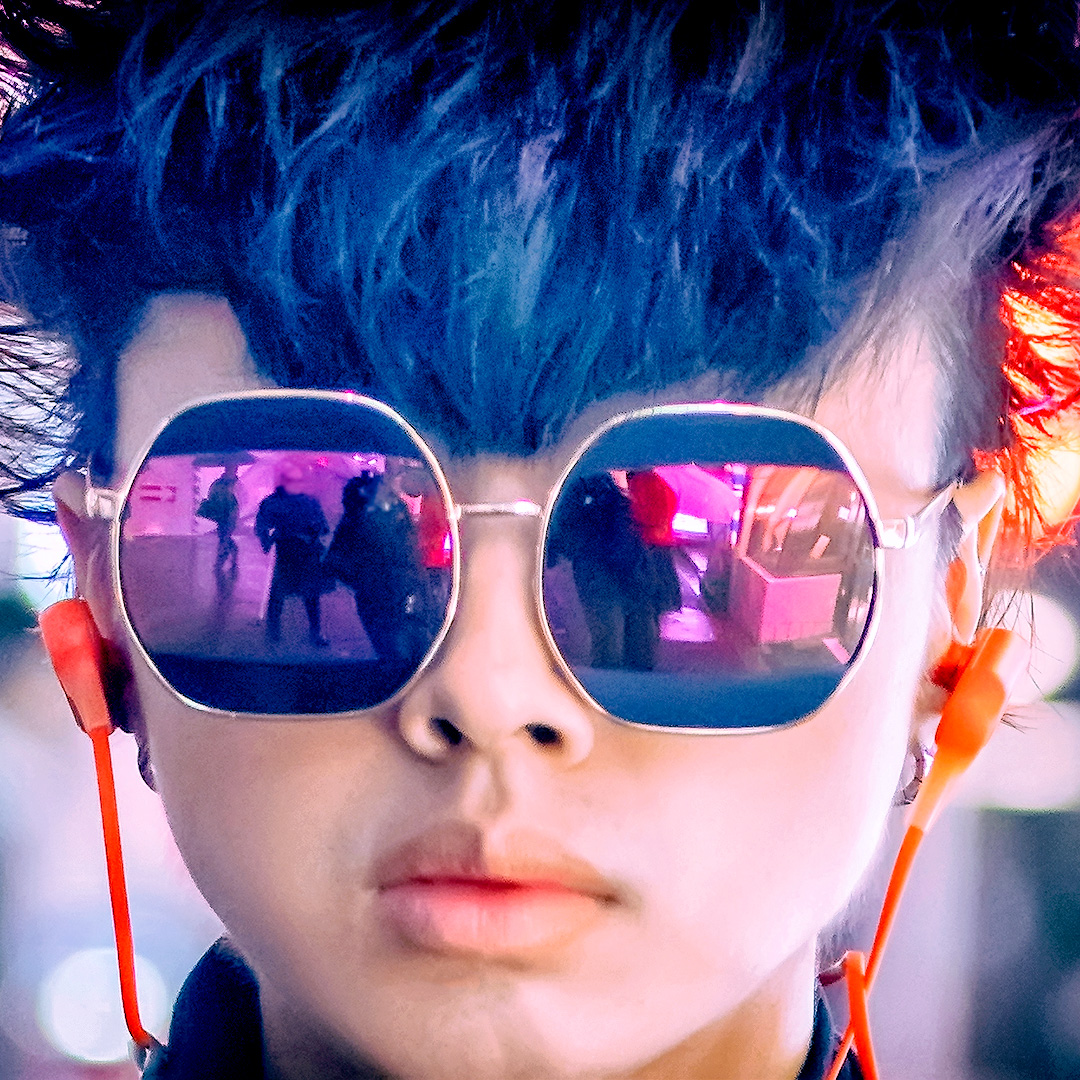
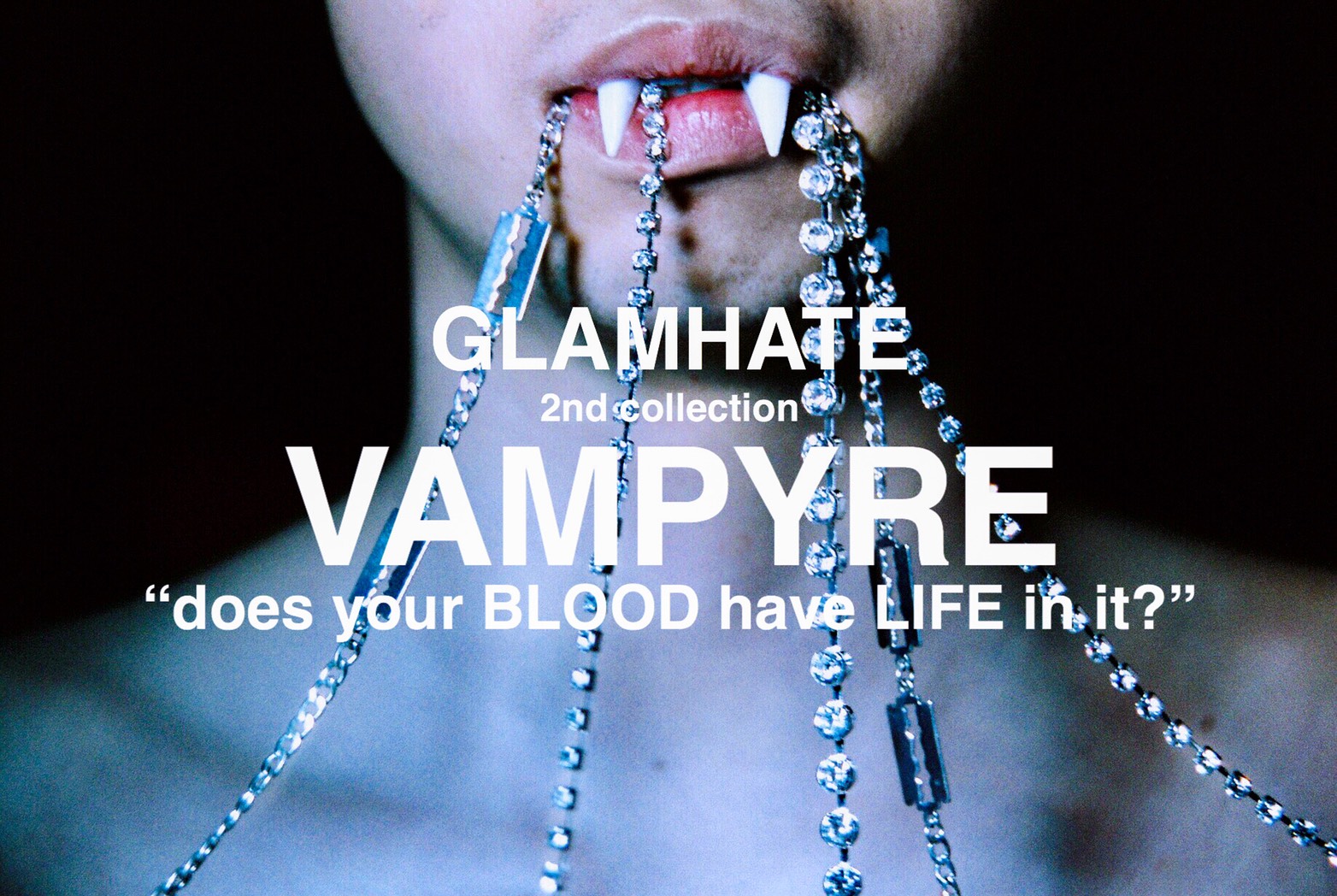
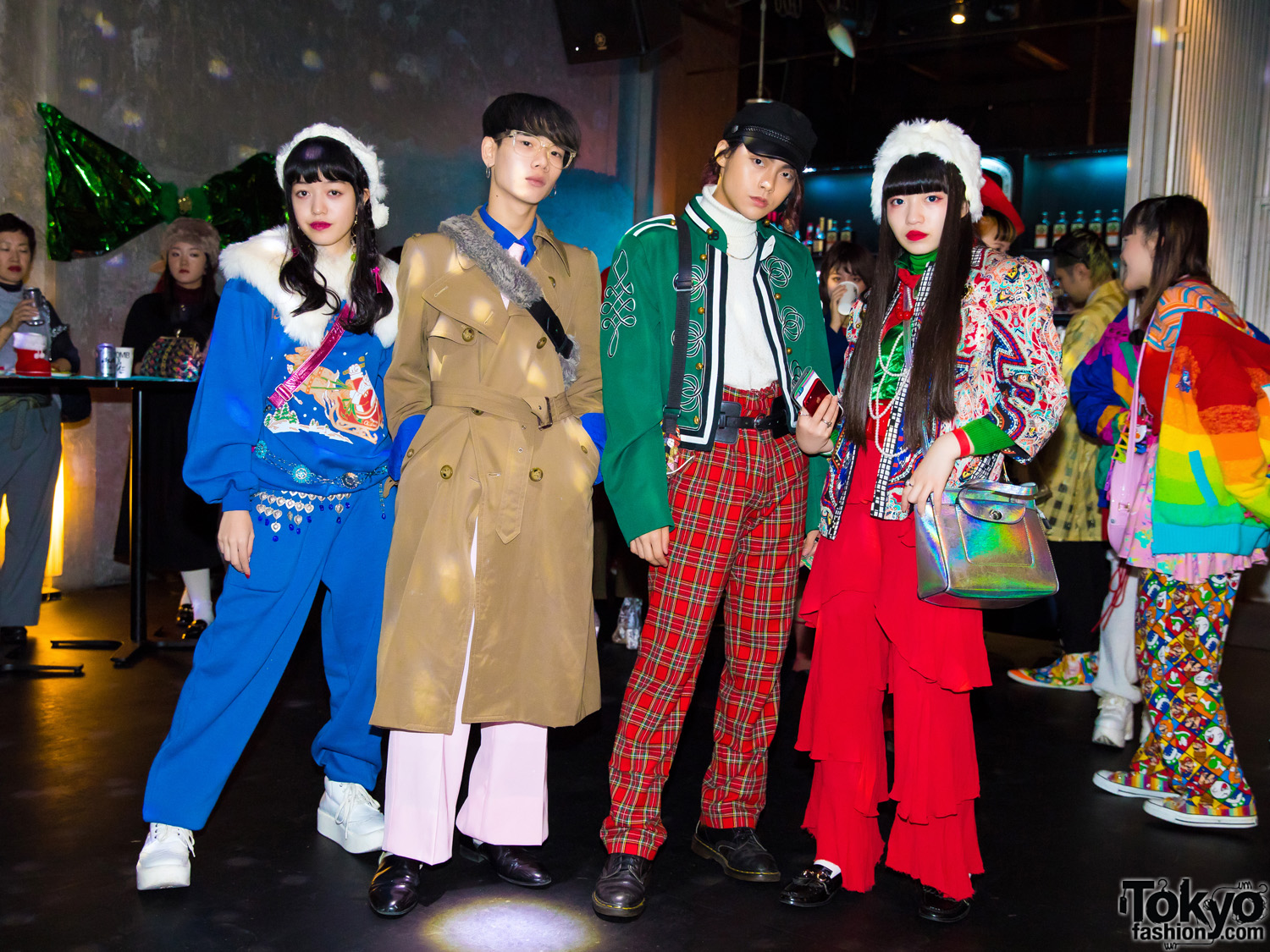
Comments are closed.